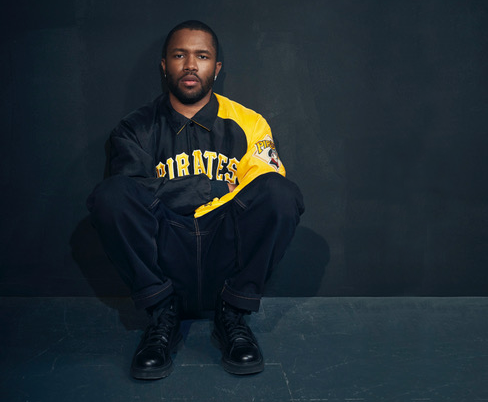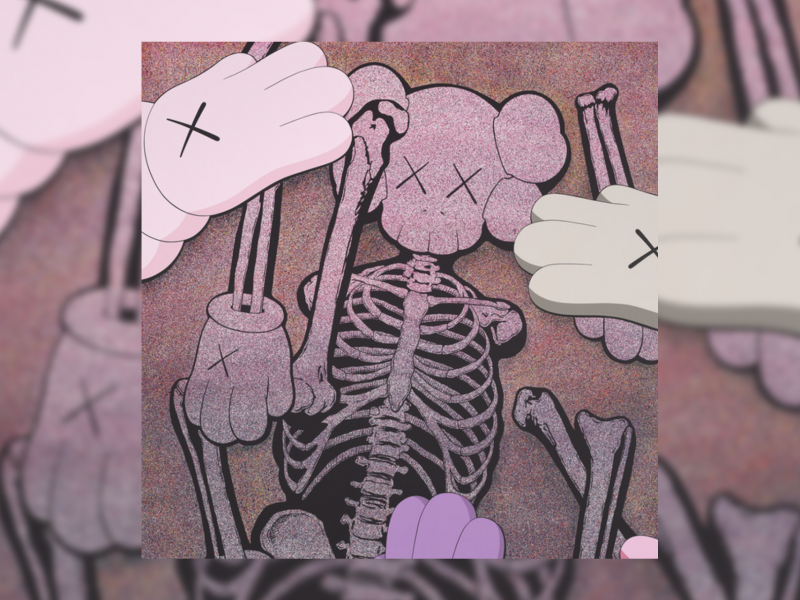If my economics classes have taught me anything, it’s that demand goes up as supply goes down. This principle is easily applicable to Frank Ocean’s music. Last week, Ocean released “DHL,” his first original song since 2017, to a virtual swarm of excited supporters. His new track reminded me of the obscure little sector of the music world that Ocean has carved out for himself — which can be quite aggravating.
“DHL” starts off with a typical slow Frank Ocean drum beat followed by some cool futuristic noises, but the song ends up letting you down in terms of listenability. The whole track is borderline boring, and Ocean is punching so far beneath his weight that it actually had me frustrated.
I asked myself a question that I never thought I’d ask about a musician who I’ve come to consider one of the best of his generation: Why can’t Frank Ocean be more like a typical artist? Not in the sense of his music, but moreso related to how he goes about his craft.
Most artists seem to have kind of predictable progressions to their careers. They’ll release a single or two, then an album, then go on tour, then maybe throw in an acting gig before they’re back in the studio for the next project. Ocean’s progression is so much more convoluted.
[Read more: Review: Poetry book ‘Camp Winapooka’ tells the story of heartbreak, travels and a dog]
Of course, my desire for Ocean to take after this schedule is so hypocritical: Part of the reason I and others are drawn to his music is because of his atypical approach. It’s not like his non-traditional style has made any of us forget about his music. On the contrary, actually, it has made fans lust after new music more and obsess over every move he makes.
Pitchfork reminded us of the long-standing impact of Ocean’s music when it put out its “200 Best Albums of the 2010s” list. Ocean’s name appears twice — once at No. 10 with Channel Orange and again with the No. 1 slot for Blonde. These projects, released four years apart, are proof that good music takes time on the artist’s end and patience on the fans’ end.
By encouraging artists to hurry up and release new music, we muddy the craft of creating. Blonde exemplifies the beauty of an artist’s precision to music-making, sitting at exactly one hour and containing beautiful tracks combined with methodical storytelling.
Ocean will still occasionally pop up for phenomenal features, like he did on Calvin Harris’ “Slide,” Travis Scott’s “CAROUSEL” or longtime friend Tyler, The Creator’s “911/Mr. Lonely.” But a lot of his recent notoriety has come from outside the music scene, potentially shifting our focus away from his musical ability.
[Read more: Babushkas and painted nails: The bigger picture of hip-hop’s genderless style movement]
Ocean made news just weeks ago for a party he was hosting that would pay homage to the 1980’s New York City nightlife and give a nod to current medication that was helping to prevent the spread of HIV. The idea, while noble in nature, faced some backlash online and led to Ocean penning a Tumblr post defending his decision, stressing that it was in no way an event sponsored by a biotechnology company.
Tumblr has been a staple of Ocean’s career, turning to the more niche site instead of Instagram or Twitter to express his opinions. Perhaps his lack of online presence contributes to demand for more content from the artist and the frustration when the content isn’t what his fans hoped for. While criticism of the new song, his New York City event or his atypical schedule are warranted, Frank Ocean has earned the right for us to trust his process.



